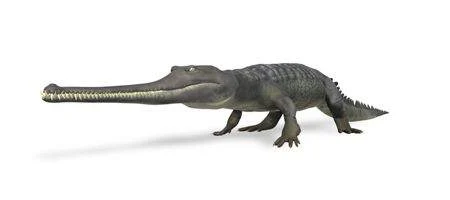Researchers at Drexel University are using 3D modeling and 3D printing to test hypotheses about how dinosaurs and other prehistoric animals moved and lived in their environments.

“Technology in paleontology hasn’t changed in about 150 years,” says paleontologist Dr Kenneth Lacovara. “We use shovels and pickaxes and burlap and plaster. It hasn’t changed – until right now.”
Using 3-D printing can not only create exact-size replicas for museum display, but also test possible movements of extinct species.
“We don’t know a lot about the way dinosaurs move,” says Lacovara.
“How did they stand? How did they ambulate? Did they run or trot? How did they reproduce? It’s all a bit mysterious.”
When working with enormous dinosaur fossils, Lacovara said, it’s simply physically impossible to manipulate the bones to test theories about mechanics and movement – which is why scaled-down replicas that preserve the exact shape and proportion of the bones can help.
Researchers can also digitally reshape the models to correct for changes that may have occurred over millions of years of fossilization and compression.
Lacovara’s team is now working on robotic models of giant sauropod dinosaurs, attaching artificial muscles and tendons to perform comprehensive tests of how the animal’s body could have handled physical stresses of the environment.
Lacovara predicts that they’ll have a working robotic dinosaur limb constructed by the end of this year, with a complete robotic dinosaur replica in a year or two.






